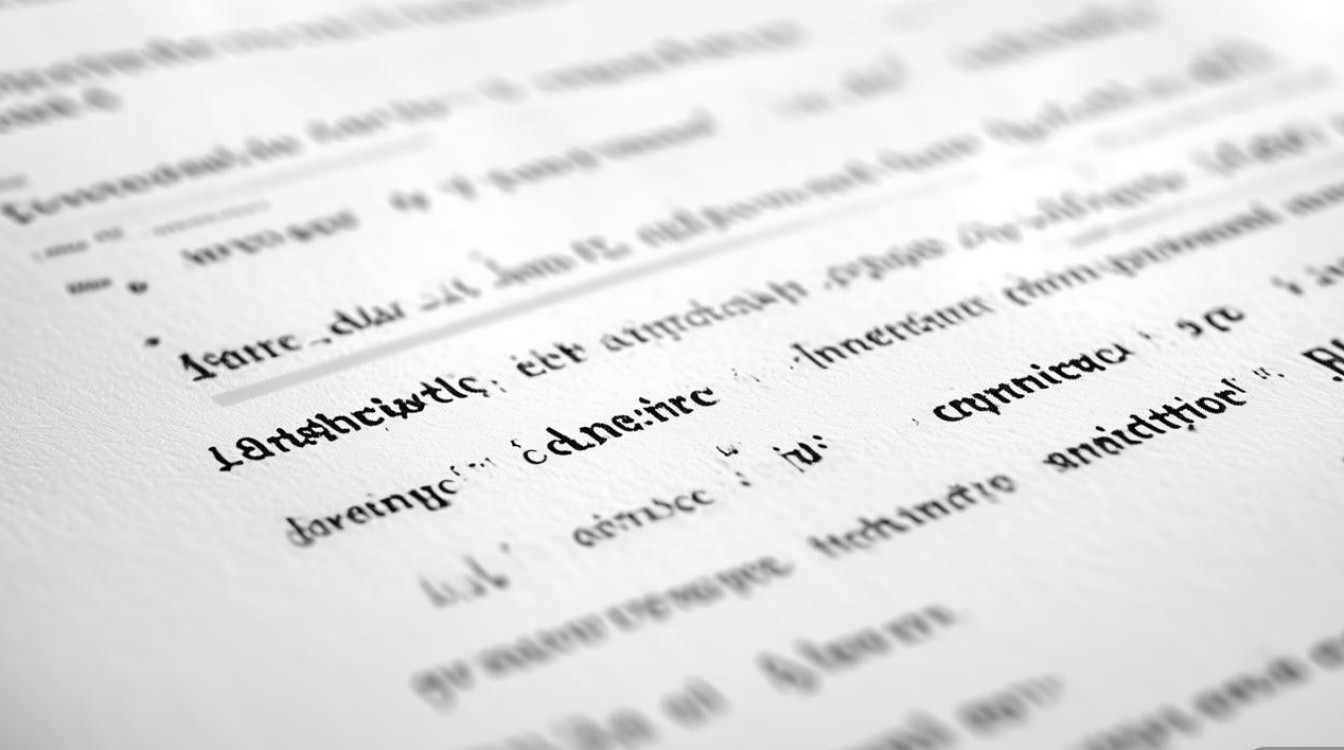第一部分:核心原则 - “模板”的灵魂
- 客观准确,而非主观分析:你的任务是“描述”图表中呈现的信息,而不是“分析”原因或提出“解决方案”,不要使用
I think,in my opinion,the reason is...等主观性强的词。 - 概括整体趋势,而非罗列所有数据:不要试图描述图表中的每一个数字,你需要找出最主要、最显著的特征(如最高点、最低点、总体趋势、最显著的对比等),并在开头和结尾进行概括。
- 数据支撑,而非空谈趋势:在描述趋势或对比时,必须引用图表中的具体数据(数字、时间、百分比等)来支撑你的观点,让描述更具说服力。
- 灵活变通,而非生搬硬套:模板是骨架,你需要根据不同的图表类型和具体内容,填充血肉,切忌生硬地套用句子,导致上下文不通顺。
第二部分:经典四段式结构框架
这是最常用、最稳妥的结构,适用于所有图表类型。

第一段:引言 - 开门见山,改写题目
目标:重述题目,让读者(考官)快速了解你要描述的内容。
结构:图表类型 + 时间 + 主题
模板句式 (任选其一或组合使用):
-
万能句式 (推荐):
The
bar chart / line graph / pie chart / table / diagram(s)illustrates / presents / compares / shows data regarding[图表主题]in[时间范围, e.g., 2025, the first quarter, over a 10-year period]. -
其他句式:
The provided
chart/graphprovides information about[图表主题]over the period from[起始年份]to[结束年份]. As is depicted/clearly shown in thepie chart, it illustrates the proportion of[图表主题]in[具体年份或情况].
第二段:概述 - 抓住核心,高屋建瓴
目标:用2-3句话总结图表最核心、最突出的2-3个主要特征,这是最关键的一段,决定了你作文的档次,通常是总体趋势(上升/下降/波动)、最值(最高/最低)、主体构成(最大/最小部分)。
模板句式:
-
描述趋势 (线图/柱状图):
Overall, it is apparent that
[总体趋势描述,e.g., the number of A experienced a significant increase, while that of B witnessed a slight decline]. In general,[图表主体]saw adramatic / gradual / steady / fluctuatingtrend over the period in question. -
描述对比 (柱状图/表格):
Overall, A was the
highest / most significantcategory, followed by B and C, whereas D recorded thelowest / smallestfigure. It is clear that[主体A]was more popular than[主体B]in[所有时间点或整体情况]. -
描述构成 (饼图):
Overall, the majority of
[图表主题]was accounted for by[最大的部分], at[百分比].[第二大部分]and[第三大部分]constituted a smaller proportion.
第三、四段:细节分析 - 详述要点,数据支撑
目标:分段描述图表中的具体细节,每个段落集中讨论一个主要方面或时间点。 策略:
- 分段:通常分为两段,可以按时间分段(过去/,或按类别分段(A类/B类),或按重要性分段(最重要的信息放第一段)。
- 每段结构:
主题句 + 数据支撑 + (可选)简单比较。
模板句式与结构:
段落开头句 (主题句):
-
描述时间点/阶段:
During the period from
[年份A]to[年份B],[某个数据][动词, e.g., rose / fell / remained stable]. In[具体年份], there was asignificant / slightchange in[某个数据]. -
描述数据:
In terms of
[某个类别], it[动词]from[数据A]in[年份A]to[数据B]in[年份B].[某个类别]was themost / least popularoption, with[数据].
数据描述与比较句式 (这是你需要重点练习的部分):
-
表达数据:
The number of
[名词]stood at[具体数字]in[年份].[名词]accounted for[百分比]%of the total.[名词]witnessed a[形容词, e.g., dramatic / sharp / slight]increase of[具体数字或百分比]. -
表达比较:
... was significantly higher/lower than ... ... was nearly/almost/exactly twice as much/many as ... ... was similar to / the same as ... By contrast, / In comparison, ...
第三部分:各图表类型专项技巧与词汇
线图
- 核心:描述趋势、波动、交叉点。
- 趋势词汇:
- 上升:
increase / rise / grow / climb / surge / soar(程度递增) - 下降:
decrease / decline / drop / fall / dip / plummet(程度递增) - 波动:
fluctuate / fluctuate wildly / fluctuate slightly - 稳定:
remain stable / stay constant / level off / plateau
- 上升:
- 句式:
The line for
[A]began at[数据]in[起始年], beforesurgingto a peak of[最高点]in[年份]. Subsequently, itplummetedto[数据]by[结束年].
柱状图
- 核心:比较不同类别、不同时间的数据。
- 策略:横向比较(同一时间不同类别)和纵向比较(同一类别不同时间)。
- 句式:
In
[年份],[A]was thehighest, at[数据], while[B]was thelowest, only[数据]. The number of[A]experienced a sharp increasefrom[数据A]to[数据B], which wasa stark contrast to[C], whichremained relatively unchanged.
饼图
- 核心:描述比例、构成。
- 策略:从最大/最小部分说起,使用
account for / constitute / make up / comprise。 - 句式:
[A]accounted for the largest proportion, at[百分比]%.[B]and[C]constituted[百分比]%and[百分比]%respectively. The smallest share was[D], at only[百分比]%.
表格
- 核心:精确比较数据,找出最大值、最小值和显著差异。
- 策略:不要逐行逐列描述,而是选择最有代表性的数据进行比较。
- 句式:
As can be seen from the table,
[A]had the highest figure for[指标], with[数据]. In contrast,[B]registered the lowest number, at[数据].
流程图 / 地图
- 核心:描述步骤、顺序和变化。
- 时态:通常使用一般现在时或一般将来时。
- 顺序词汇:
First, / To begin with, / Then, / Next, / After that, / Subsequently, / Finally, / The final step is... - 被动语态:
is heated,is mixed with,is transported to,can be seen that... - 地图专用词汇:
to the north of / to the south of / adjacent to / opposite / next to / is located in / has been replaced by / new facilities were built
第四部分:一个完整的范例 (线图)
** The line graph below shows the number of visitors to three different museums in a city between











